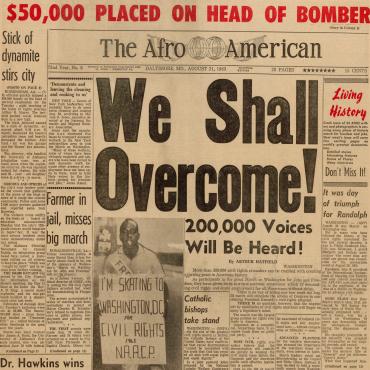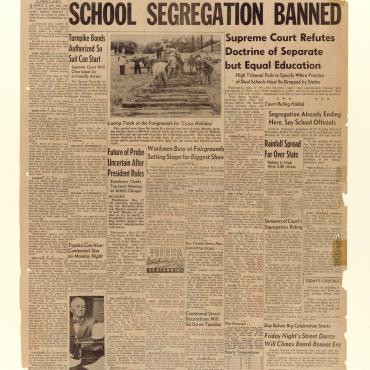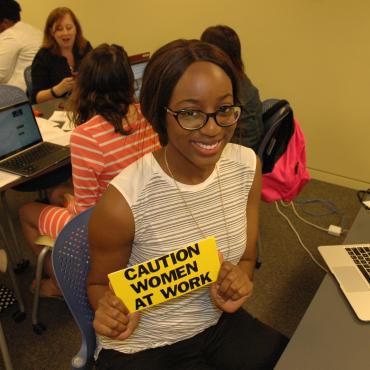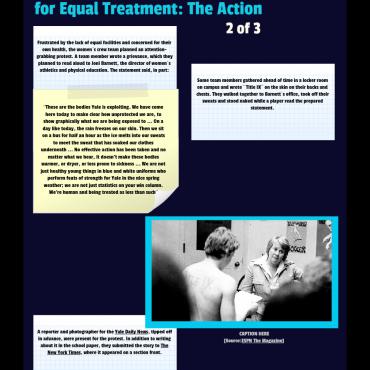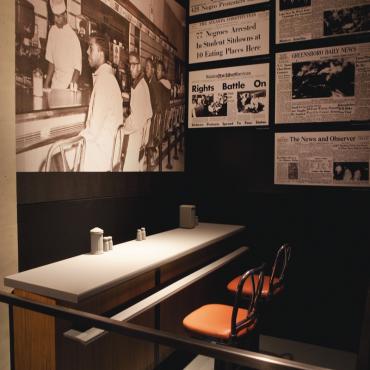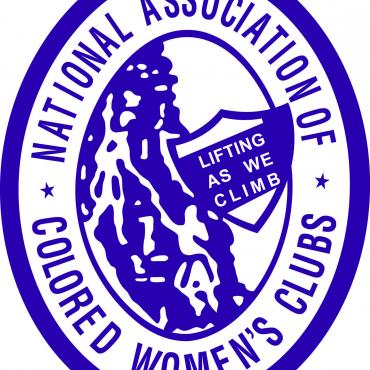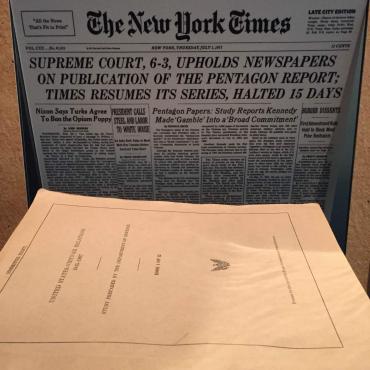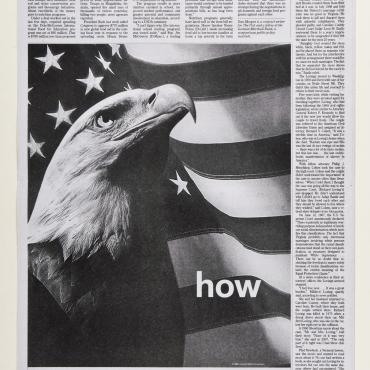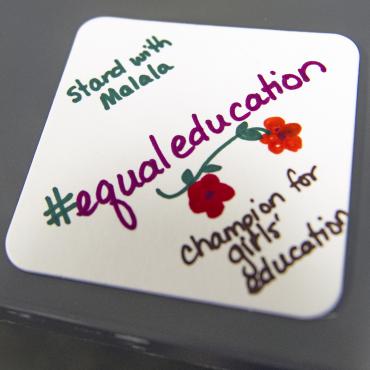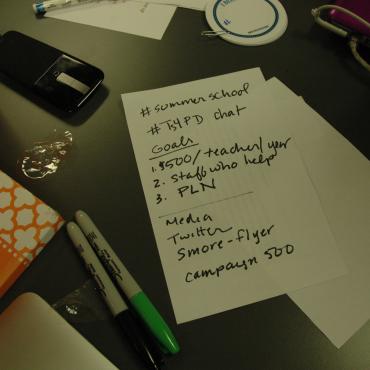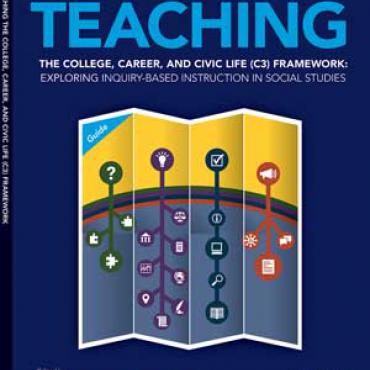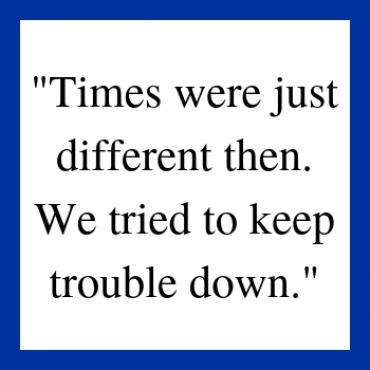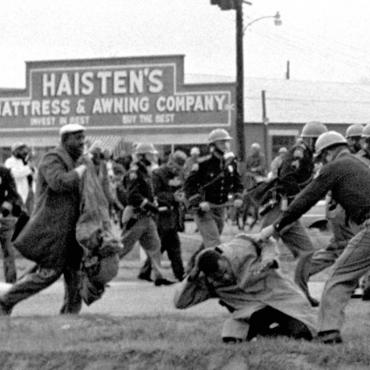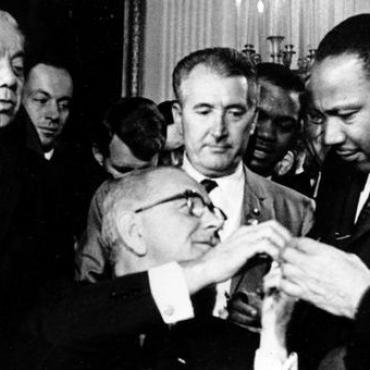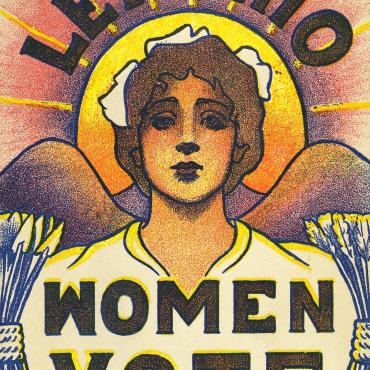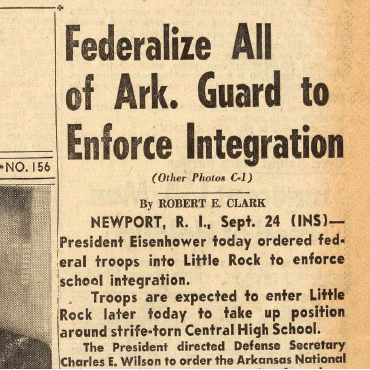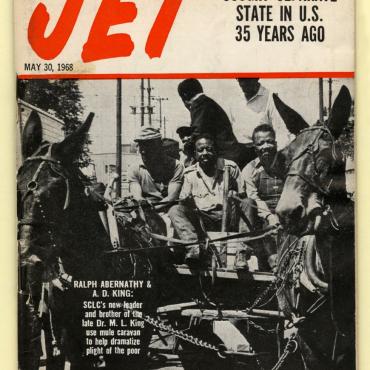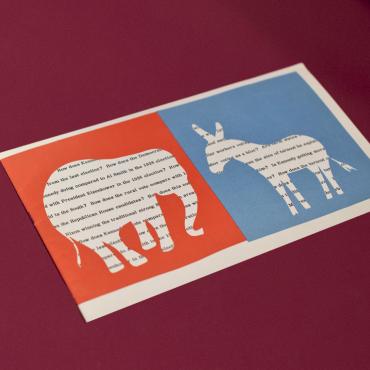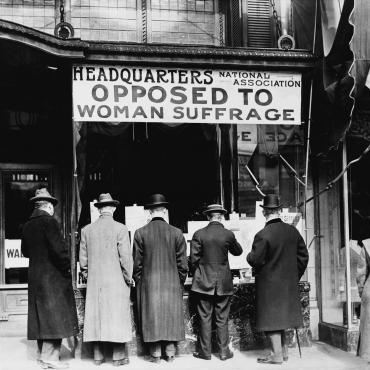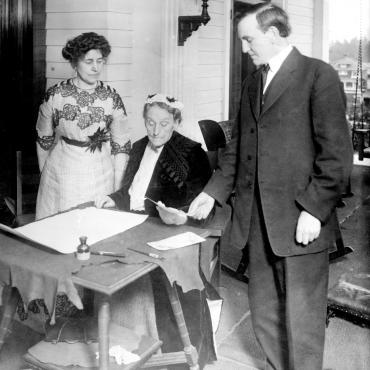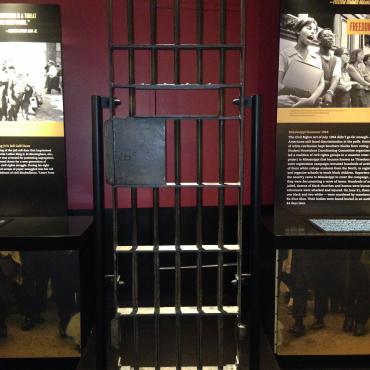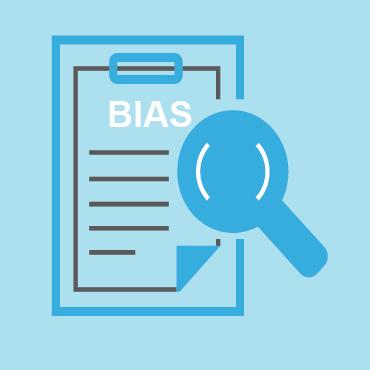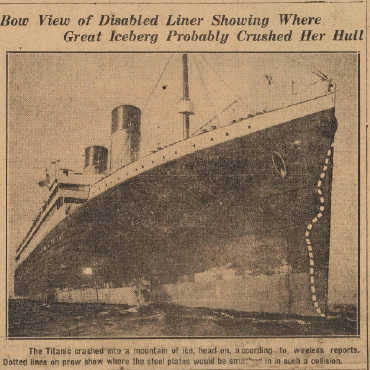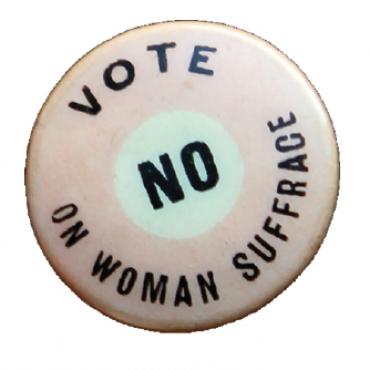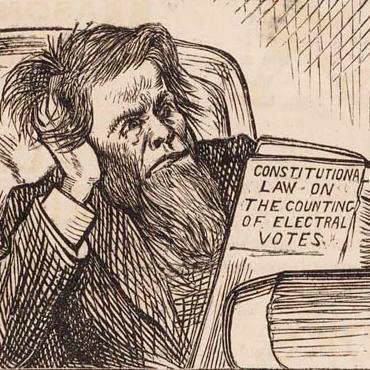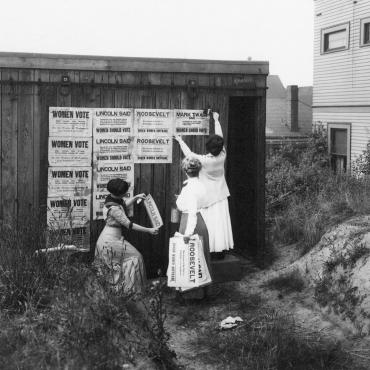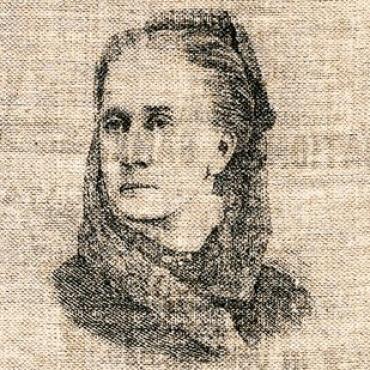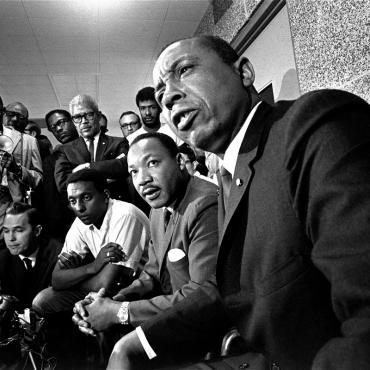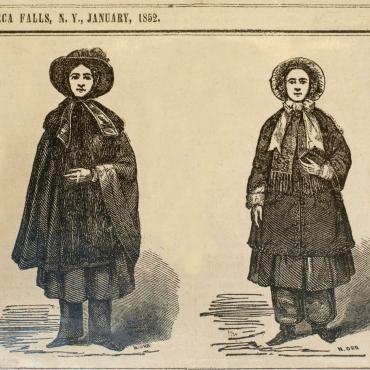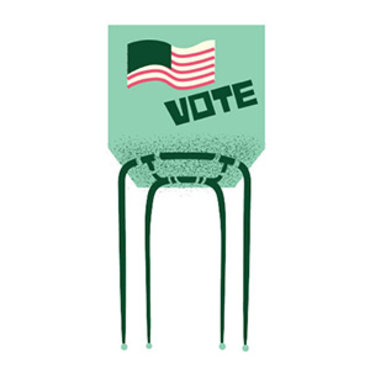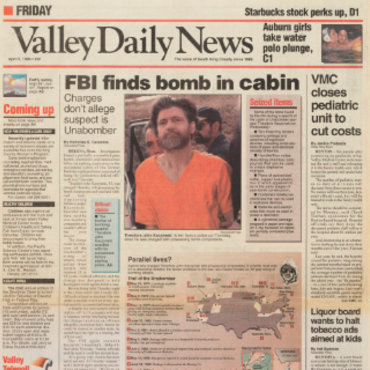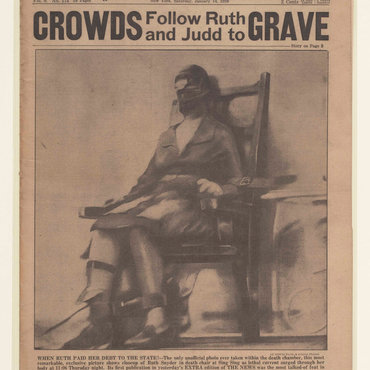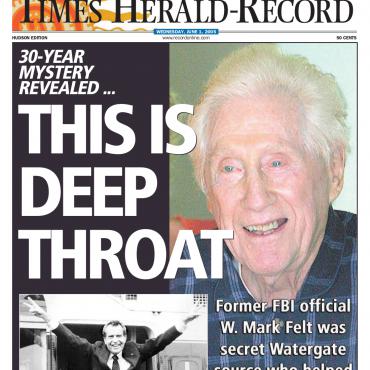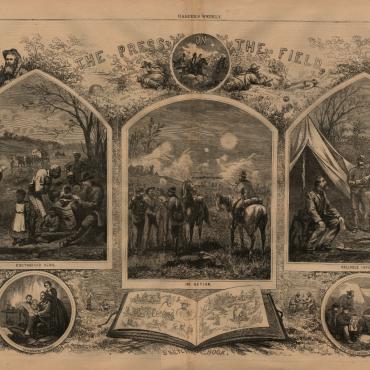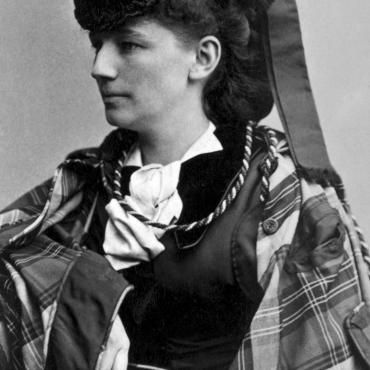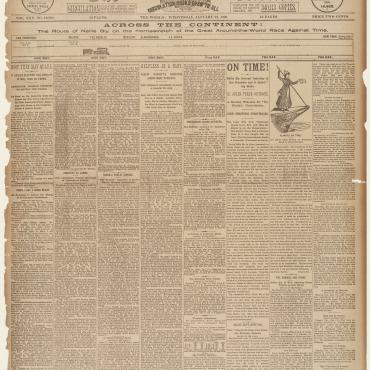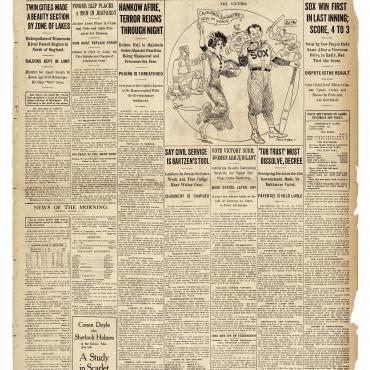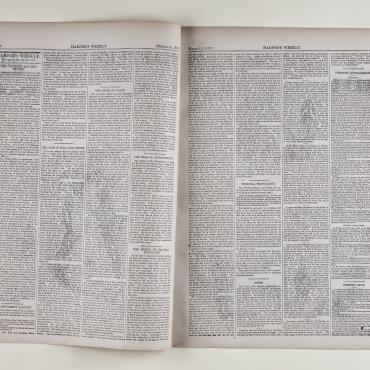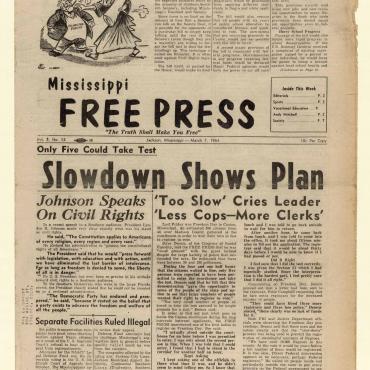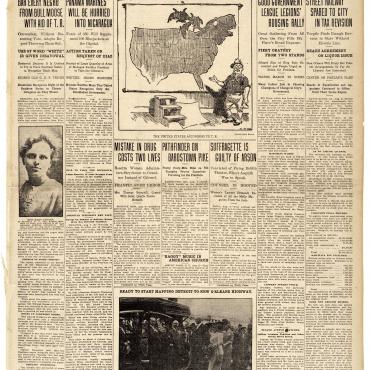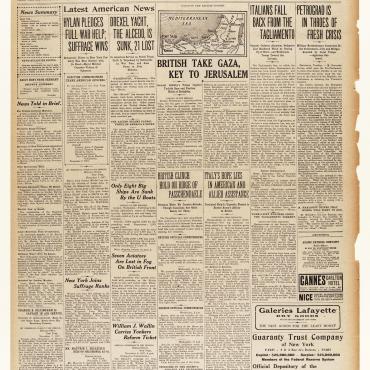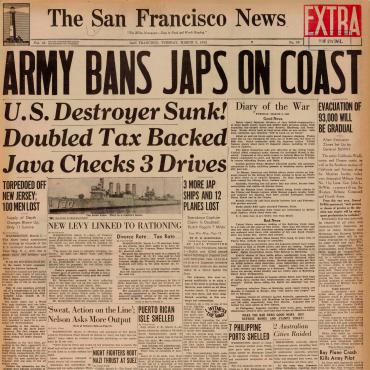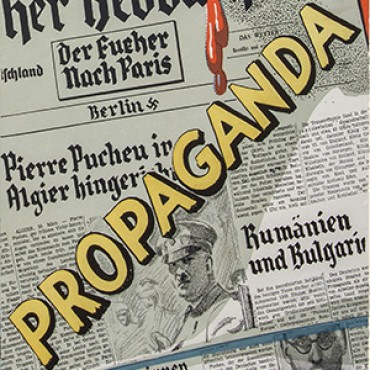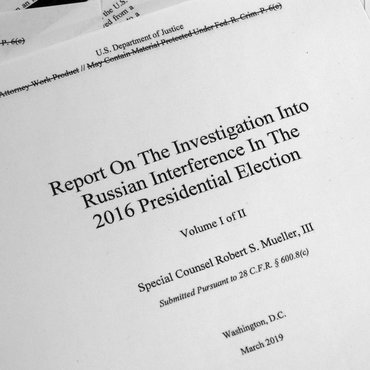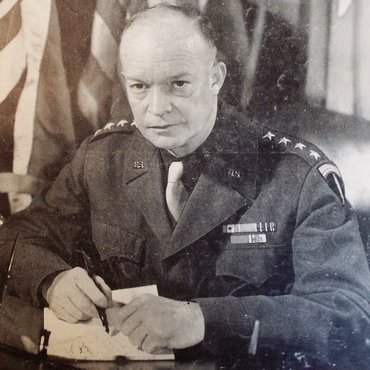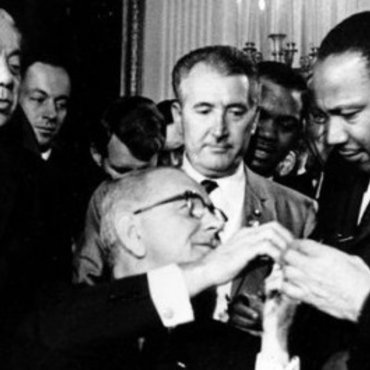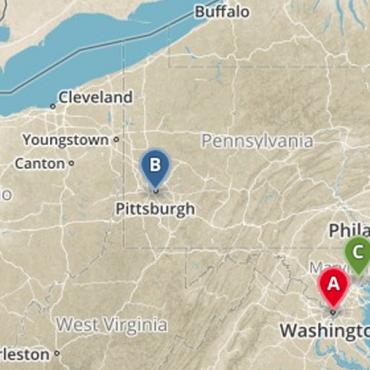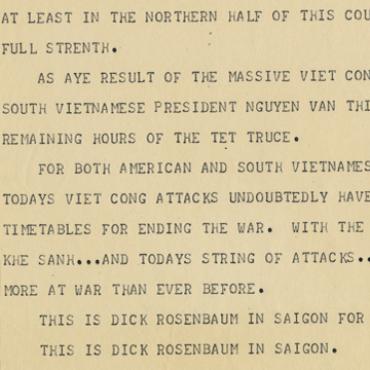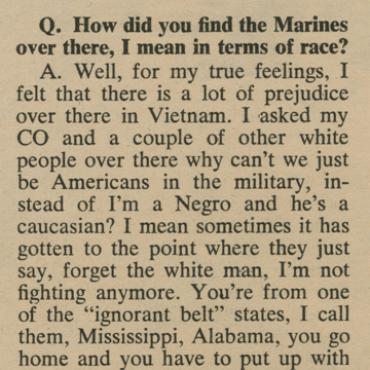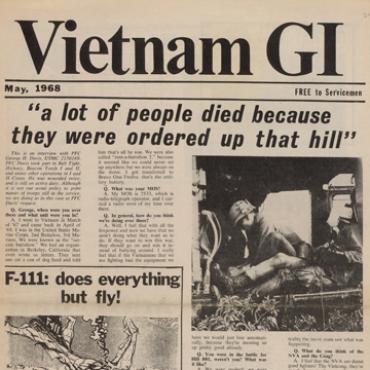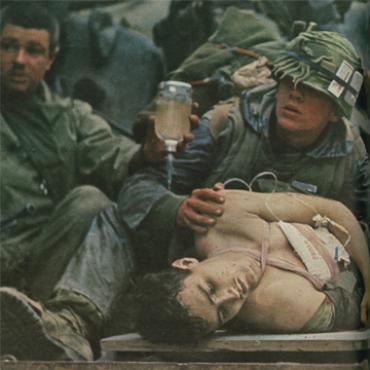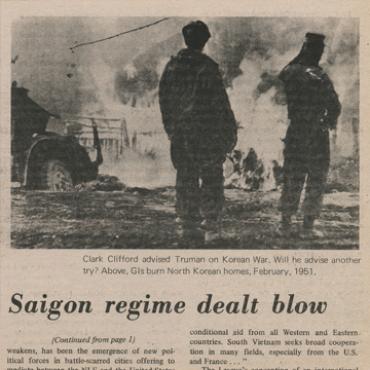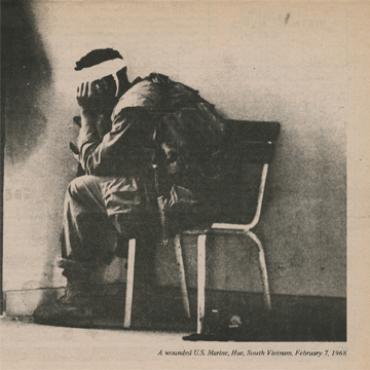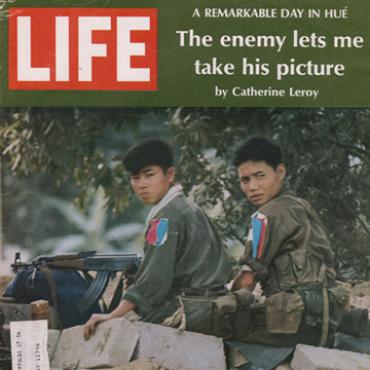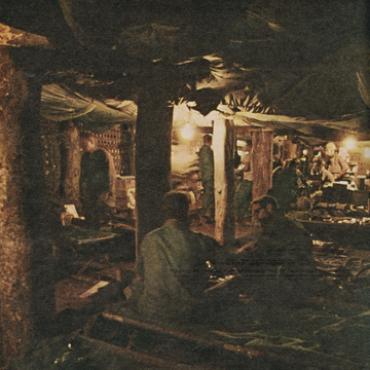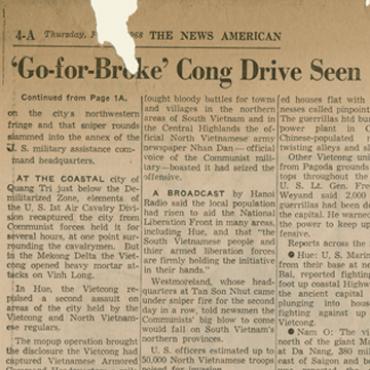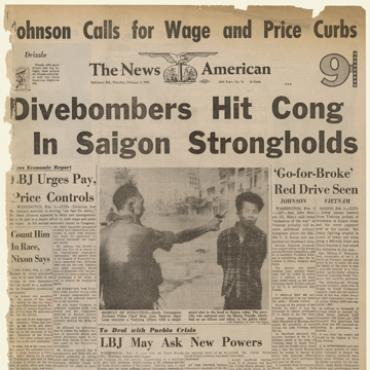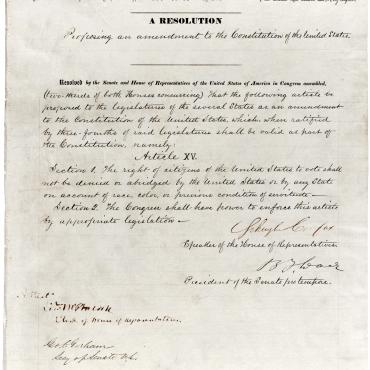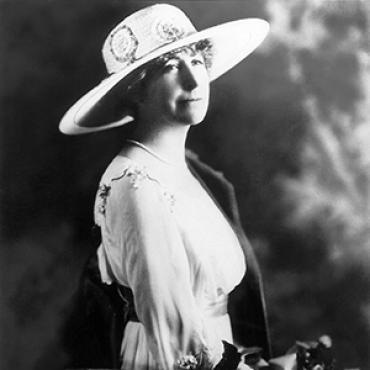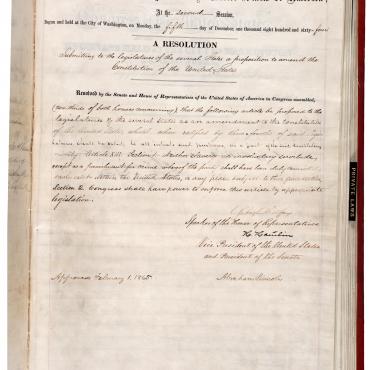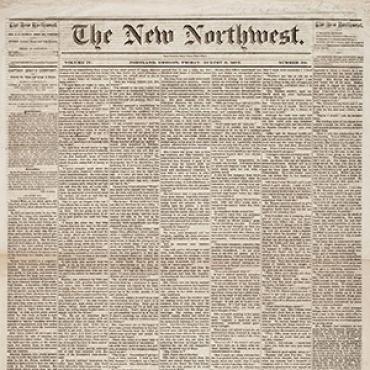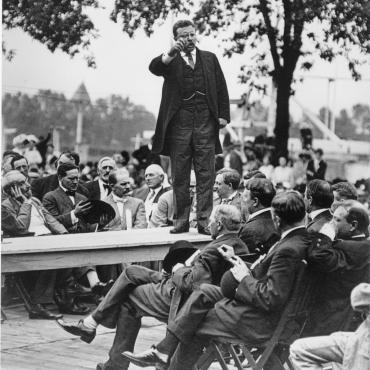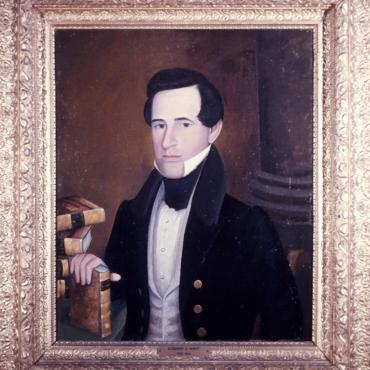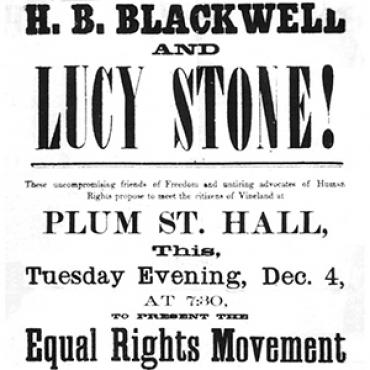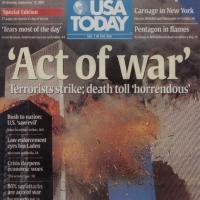
From the Front Page to the History Books
Students analyze the similarities and differences between news coverage and historical accounts of four major events to understand the role/importance of journalism as the first rough draft of history.
Get even more great free content!
This content contains copyrighted material that requires a free NewseumED account.
Registration is fast, easy, and comes with 100% free access to our vast collection of videos, artifacts, interactive content, and more.
NewseumED is provided as a free educational resource and contains copyrighted material. Registration is required for full access. Signing up is simple and free.
With a free NewseumED account, you can:
- Watch timely and informative videos
- Access expertly crafted lesson plans
- Download an array of classroom resources
- and much more!
- Civil Rights
- Elections
- Journalism
- War
- Women's Rights
- 6-12
- In advance, review the front pages on the EDCollections Headlines That Changed History poster, using the artifact view below or these links: Philadelphia Inquirer, USA TODAY, The Afro-American, and Woman’s Journal and Suffrage News.
- Ask your students to answer some warmup discussion prompts: Journalism is often referred to as the first rough draft of history. What do you think this means? Where do reporters get the information they use to report? Where do historians get the information they use to chronicle/analyze/explain the events of the past?
- Hand out copies of the From the Front Page to the History Books worksheet, and tell students they are going to explore a primary source to determine if they think journalism should be considered the first draft of history and why. Students may work individually or in small groups.
- Give students 15 to 20 minutes to look at one of the front pages from this poster and fill in the left column of the chart with the key facts about their historical event that they can find on their front page and the questions that are not answered.
- Give students access to the library/internet and allow them 15 to 20 minutes to find information to fill in the right column of the chart with key facts about their event from a historical source and any answers they can find for the questions they posed in the left column. Steer students toward encyclopedia-like sources that offer a concise summary of the event.
- Ask students to follow step 3 on the worksheet, underlining facts that are the same and circling those that do not match up, then underlining the questions for which they found answers and circling those for which they did not.
- Give students 15 to 20 minutes to respond to the questions in step 4 on the worksheet, analyzing their chart findings.
- Use the post-activity discussion prompts to begin a class discussion about news versus history and what they discovered during the activity.
- From the Front Page to the History Books worksheet (download), one per student
- Access to the four front pages from the EDCollections Headlines That Changed History poster (either printed copies or via devices to view artifact gallery)
- Internet access (optional)
- Teacher key (download, optional)
- Which facts did you find were the same in both sources? Which were only found in one or the other? Why do you think this was the case?
- Which of the questions you wrote after reading the news source are still unanswered? Why do you think that is?
- What is the role of a reporter? What is the role of a historian? Compare and contrast.
- How much time must pass before news becomes history?
- Choose a contemporary news story. You may want to choose from the headlines you find by looking through the Newseum’s online Today’s Front Pages exhibit (newseum.org/todaysfrontpages). Fill in the left side of the chart using a source about this story. Then imagine you’re living 50 years in the future and can read a historical account of this same event. Create a list of key facts that you think would appear in that account. Then underline the questions you think you’d be able to find answers to 50 years from now, and circle the ones you think you would not. Write a paragraph explaining the decisions you made filling in the right side of the chart.
- The First Amendment protects freedom of the press. Why is a free press important in our society? Research freedom of the press and write a short essay about the role of the press and how our understanding of history might be different if there were no freedom of press.
-
Common Core State Standards: CCSS.ELA-LITERACY.CCRA.R.1
Read closely to determine what the text says explicitly and to make logical inferences from it; cite specific textual evidence when writing or speaking to support conclusions drawn from the text. -
Common Core State Standards: CCSS.ELA-LITERACY.CCRA.R.2
Determine central ideas or themes of a text and analyze their development; summarize the key supporting details and ideas. -
Common Core State Standards: CCSS.ELA-LITERACY.CCRA.R.7
Integrate and evaluate content presented in diverse media and formats, including visually and quantitatively, as well as in words. -
Common Core State Standards: CCSS.ELA-LITERACY.CCRA.R.8
Delineate and evaluate the argument and specific claims in a text, including the validity of the reasoning as well as the relevance and sufficiency of the evidence.
-
National Center for History in the Schools: NCHS.US History.Era 8
Standard 1: The causes of the Great Depression and how it affected American society Standard 2: How the New Deal addressed the Great Depression, transformed American federalism, and initiated the welfare state Standard 3: The causes and course of World War II, the character of the war at home and abroad, and its reshaping of the U.S. role in world affairs -
National Center for History in the Schools: NCHS.US History.Era 9
Standard 1: The economic boom and social transformation of postwar United States Standard 2: How the Cold War and conflicts in Korea and Vietnam influenced domestic and international politics Standard 3: Domestic policies after World War II Standard 4: The struggle for racial and gender equality and for the extension of civil liberties -
National Center for History in the Schools: NCHS.US History.Era 10
Standard 1: Recent developments in foreign policy and domestic politics Standard 2: Economic, social, and cultural developments in contemporary United States
-
National Council of Teachers of English: NCTE.1
Students read a wide range of print and non-print texts to build an understanding of texts, of themselves, and of the cultures of the United States and the world; to acquire new information; to respond to the needs and demands of society and the workplace; and for personal fulfillment. Among these texts are fiction and nonfiction, classic and contemporary works. -
National Council of Teachers of English: NCTE.7
Students conduct research on issues and interests by generating ideas and questions, and by posing problems. They gather, evaluate, and synthesize data from a variety of sources (e.g., print and non-print texts, artifacts, people) to communicate their discoveries in ways that suit their purpose and audience. -
National Council of Teachers of English: NCTE.8
Students use a variety of technological and information resources (e.g., libraries, databases, computer networks, video) to gather and synthesize information and to create and communicate knowledge.
-
Center for Civic Education: CCE.II
A. What is the American idea of constitutional government? B. What are the distinctive characteristics of American society? C. What is American political culture? D. What values and principles are basic to American constitutional democracy? -
Center for Civic Education: CCE.III
A. How are power and responsibility distributed, shared, and limited in the government established by the United States Constitution? D. What is the place of law in the American constitutional system? E. How does the American political system provide for choice and opportunities for participation? -
Center for Civic Education: CCE.V
A. What is citizenship? B. What are the rights of citizens? C. What are the responsibilities of citizens? D. What civic dispositions or traits of private and public character are important to the preservation and improvement of American constitutional democracy? E. How can citizens take part in civic life?
-
NCSS Curriculum Standards: NCSS 2
Learners examine the institutions, values and beliefs of people in the past, acquire skills in historical inquiry and interpretation, and gain an understanding of how important historical events and developments have shaped the modern world. -
NCSS Curriculum Standards: NCSS 5
Students know how institutions are formed, maintained and changed, and understand how they influence individuals, groups and other institutions. -
NCSS Curriculum Standards: NCSS 6
Learners will develop an understanding of the principles, processes, structures and institutions of government, and examine how power and authority are or have been obtained in various systems of government. -
NCSS Curriculum Standards: NCSS 10
Learning how to apply civic ideals to inform civic action is essential to participation in a democracy and support for the common good.
